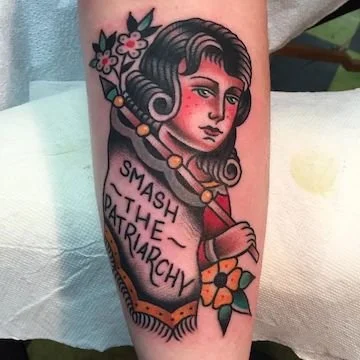An Overview of Tattoo Preservation After Death
Getting a tattoo is a significant commitment, one that involves permanently etching something into your skin. It's a decision that's typically made with careful consideration (although perhaps not always when under the influence), and over time, these tattoos, whether intricate original designs or ones capturing moments like Britney Spears during her public breakdown, take on personal significance. It seems a shame to let such personal expressions vanish into the ground with you. That's where the National Association for the Preservation of Skin Art (NAPSA) comes in with their initiative called Save My Ink, ensuring your entire collection of body art can be passed on.
And why wouldn't you want it to be preserved? NAPSA's founder and chairman, Charles Hamm, estimates that he's invested around $45,000 in his own body art. It's no wonder he developed a method to safeguard these expensive works of art from being lost through cremation or burial. NAPSA employs a process that replaces the water and natural fats in the skin with a polymer, enhancing its durability and suitability for framing:
After a person passes away, their relatives have 18 hours to notify Save My Ink, who then send a removal kit with instructions and prepaid return packaging to the funeral home.
The tattoo is carefully removed within 60 hours by the embalmer and sent back to Save My Ink, who return the artwork to the family within three to six months.
While the membership program for Save My Ink may not currently be available (according to their site, they are "exploring providing preservation services directly through funeral homes"), this form of memorialization remains relevant, especially considering that approximately one in five adults in the United States has one or more tattoos.
Furthermore, there are other services like Walls And Skin, which not only claims to remove tattoos for artistic purposes but also offers the option to provide these tattoos as a free-loan to relatives. So, for those who wish to leave a lasting piece of themselves behind and adhere to their own unique set of rules, there will always be options available.


